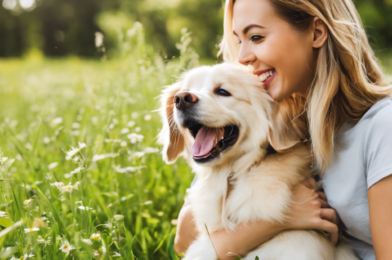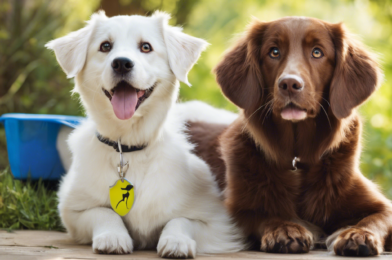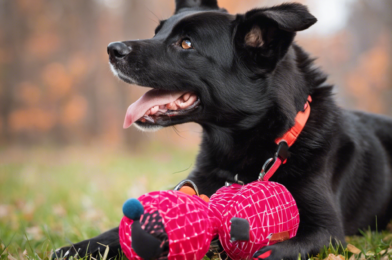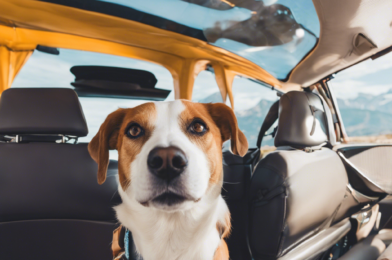# Easy Ways to Keep Your Pet Healthy and Happy
As pet owners, we want the best for our furry friends, ensuring they lead happy and healthy lives. Pets bring us joy and unconditional love, and it’s our responsibility to provide them with the care they deserve. Here are some simple yet effective ways to keep your pets in tip-top shape, both physically and mentally.
## 1. Regular Check-Ups: The Foundation of Good Health
Just like humans, pets need regular visits to the veterinarian. Preventative care is key to catching any potential health issues early. Schedule annual check-ups for your pets, and don’t hesitate to consult your vet if you notice any unusual behavior or symptoms. Most veterinary practices also offer wellness plans, which can cover essential vaccinations, routine tests, and even discounts on other services. These plans provide a cost-effective way to ensure your pet’s long-term well-being.
## 2. Nutrition and Diet: Fuel for a Healthy Life
A balanced diet is crucial for your pet’s overall health. Consult your veterinarian to determine the best food for your pet’s age, breed, and specific needs. Many pet owners opt for high-quality, grain-free food to avoid potential allergens and promote better digestion. Additionally, consider supplementing your pet’s diet with healthy treats or chews that promote dental health and provide mental stimulation. Remember, portion control is vital to prevent obesity, a common health issue among pets.
## 3. Exercise and Playtime: Keeping Them Active
Engaging in regular exercise and playtime is essential for your pet’s physical and mental well-being. Dogs, for example, require daily walks and outdoor activities to burn off energy and maintain a healthy weight. Interactive toys and games can also provide mental stimulation, keeping them sharp and preventing boredom. Cats need their playtime, too! Invest in a variety of toys and play sessions to keep your feline friend active and entertained.









